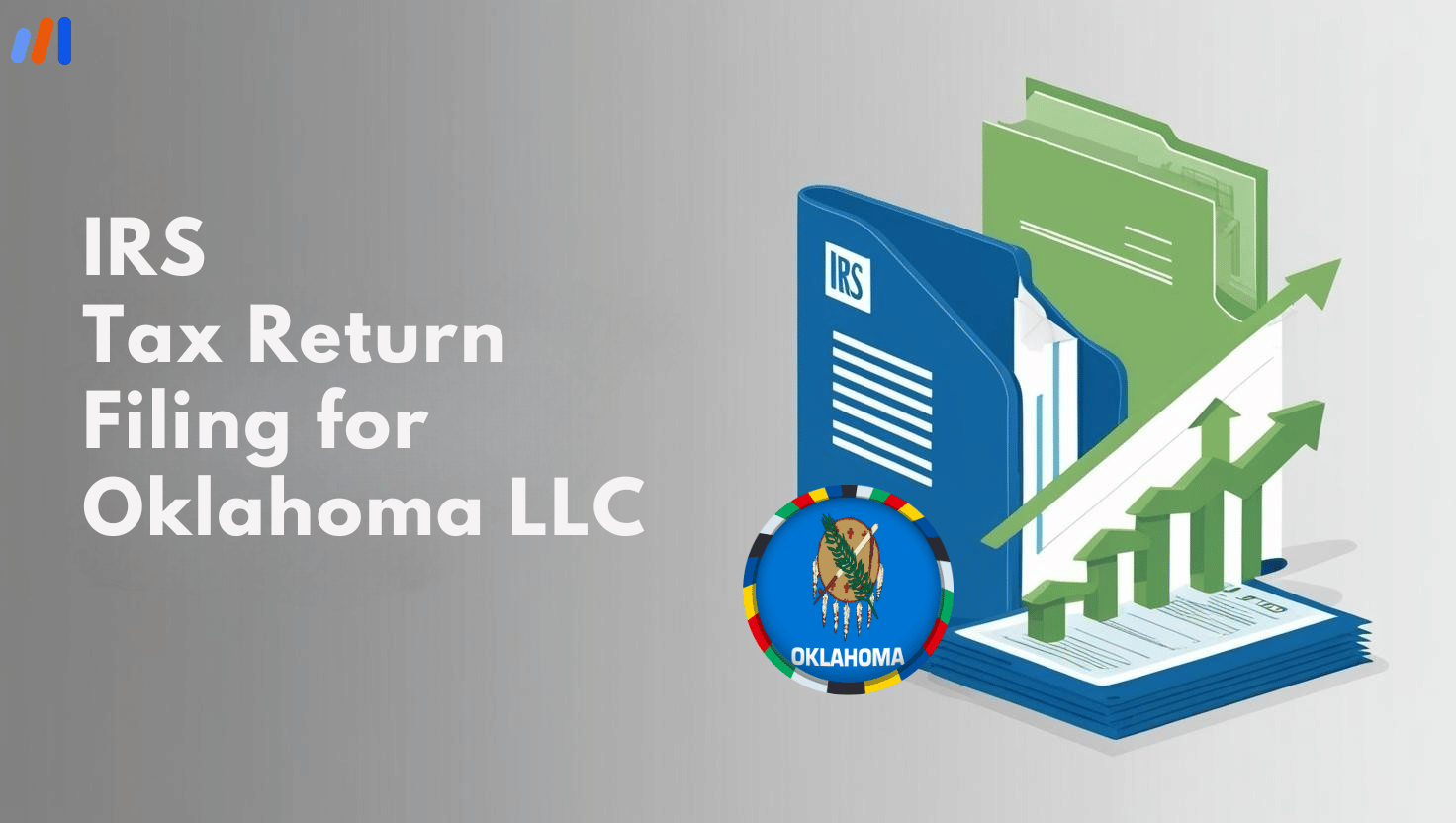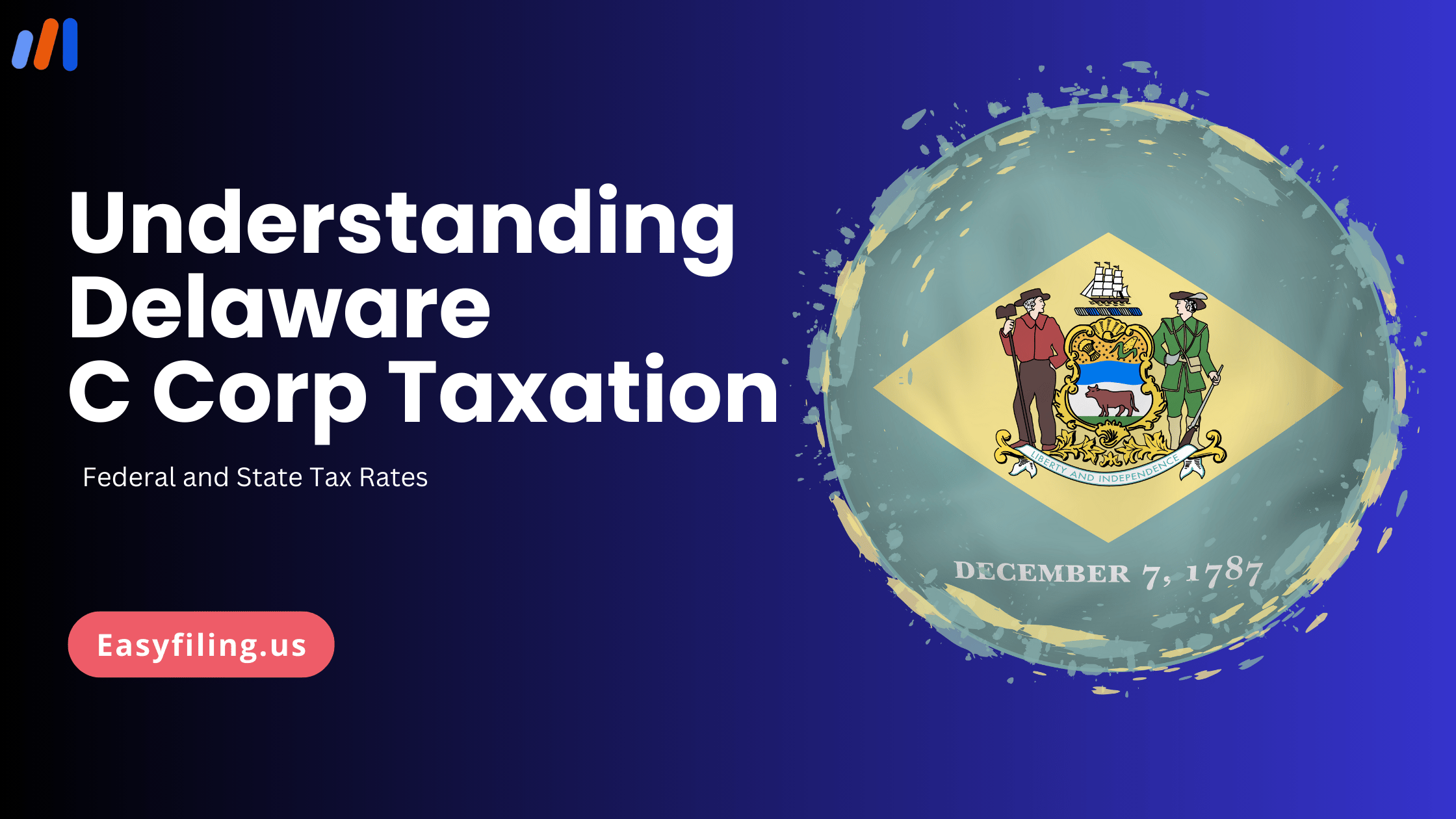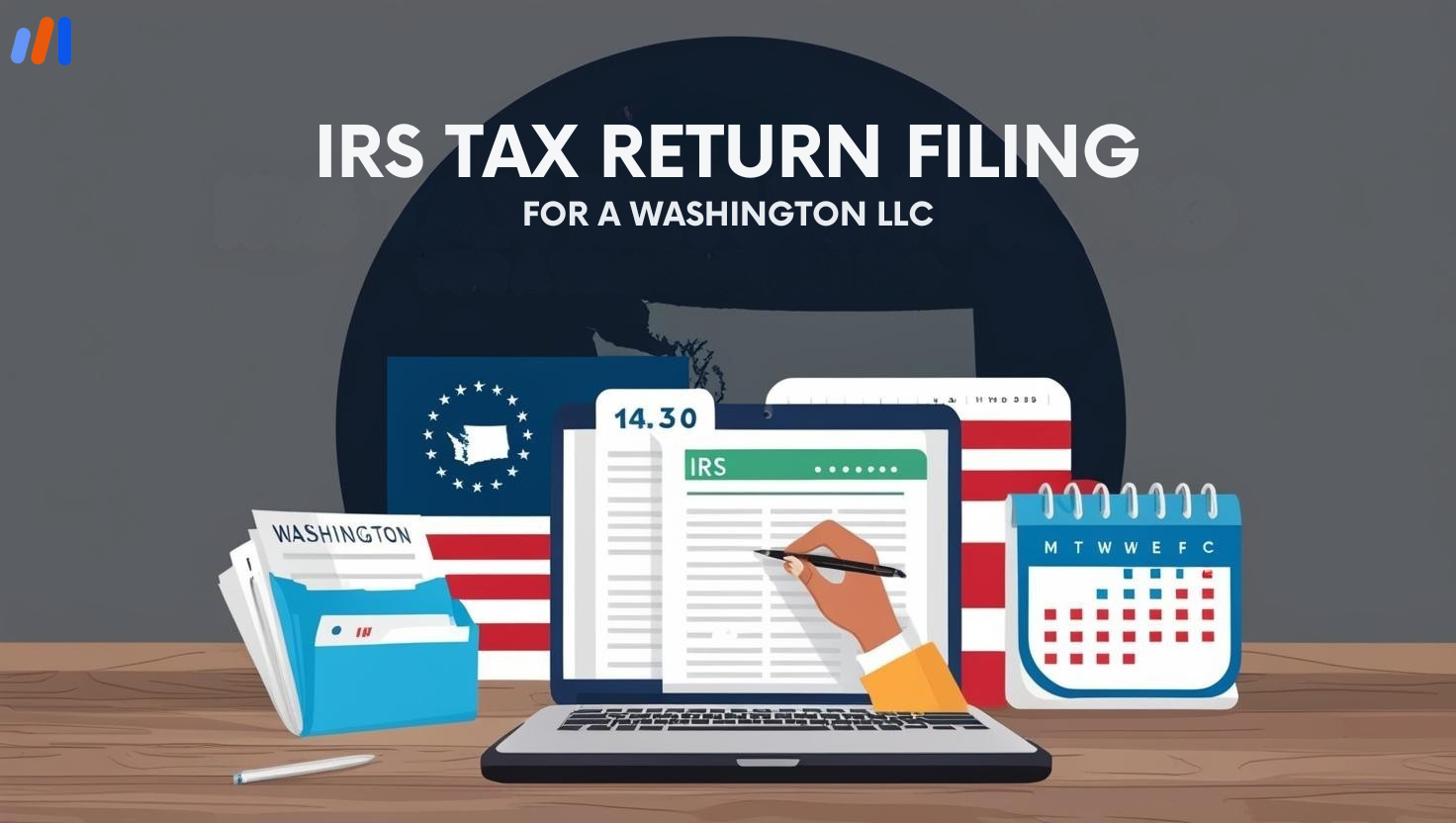Completing the steps to dissolve an LLC in Vermont can be useful for businesses wishing to close in a legally compliant manner in the state.
This can happen for different reasons such as retirement, change in business plans, or financial difficulties at hand. Regardless of the reason, there are legal steps that need to be followed to mitigate issues in the future.
This is an in-depth manual that explains how to dissolve an LLC in Vermont.
Step 1: Review Your LLC Operating Agreement
The first thing you need to do is get a complete understanding of the operating agreement for your LLC. Usually, this document contains relevant information regarding the dissolution of your company, including:
- Member voting requirements.
- Timeline or steps for dissolution.
- Asset distribution and liability coverage.
In case your LLC does not have an operating agreement, go with Vermont law, and its default rules. Every member must comprehend the process of dissolution to avoid disagreements in the future.
Step 2: Obtain Member Approval
According to Vermont State laws, all LLC members have to consent to the dissolution of the company. This has to be done through a vote or formal written agreement. If your operating agreement mentions a voting procedure, then use it. If there is none, then get written consent from all the members.
It is important to properly document the consent of the members. As it may be needed for legal or taxation needs later on, it must be meticulously stored and preserved.
Step 3: File Articles of Dissolution
Before you can file the Articles of Dissolution with the Office of the Secretary of State for Vermont, the members must first come to a consensus that the LLC will be dissolved. This is the formal notification to the state that the LLC business will be terminated. This step is one of the most critical and here’s how it is done:
Start by Getting the Articles:
- You can get the Articles of Dissolution form from the office of the Secretary of State of Vermont or their online business portal.
How to Fill the Form:
- Include the name of the LLC exactly how it is spelled in the state records, because any changes may cause delays.
- Also, mention the date you wish for the dissolution to be effective.
- Include a statement that the members approved the dissolution.
The Instructions to submit the Form:
- You can file the form on the Vermont Business Service website or you may also mail the completed document to the Attorney General’s office.
- Make sure that you pay the filing fees (check the Vermont Secretary of State’s website for the current fee).
After you submit the filing, the state will get back to you with confirmation after the dissolution has been fully processed. Please note that you should keep a copy of the confirmation for your records.
Step 4: Resolve Outstanding Obligations
To close your LLC, make sure to tackle an outstanding obligation, debts, as well as taxes. Making sure to tackle these issues can help with dissolving the company with a clean slate. Some of the more important tasks to remember are:
Paying Debts: Making sure that all creditors are informed before the dissolution helps prevent the risk of allowed claims towards the LCC. Inform all creditors about impending LCC settlements.
File your last taxes: Let the IRS and your state know about your business’s termination and make sure to send them the sample taxes for the final period. Send a letter to the IRS indicating that you wish to cancel your EIN (Employer Identification Number).
Close your Bank Accounts: Make sure you cancel any business licenses and permits you personally own. This way, it’s possible to restrict unauthorized business actions on the LLC’s bank accounts.
More likely than not, breaching this obligation could potentially expose the LLC members to personal liability. Therefore, it is important to do this step properly.
Step 5: Distribute Remaining Assets
After all of the debts and taxes have been paid, the remaining assets of the LLC are now ready to be allocated to its members. While performing the distribution, make sure that you adhere to the distribution provisions set out within the operating agreement.
In the absence of agreement, the presumptive limitations of Vermont state law must be followed. These will usually stipulate that in the absence of agreement, distributions are made by the member’s ownership interests.
The LLC should prepare and execute an A final financial statement in which all distributions are mentioned. It’s an important record because it fosters unity and can be consulted later if issues arise.
Step 6: Notify Stakeholders
Declare the dissolution of your LLC to all relevant stakeholders. This is a crucial step to closing the company in an orderly manner and you may have stakeholders such as the following that you will need to inform.
Employees: Final payment and documentation like W2 forms must be provided. You should look out for Vermont labor regulations related to the termination of employees.
Vendors and Customers: Inform them about the business closure; conduct final business with them, This goes a long way in improving your corporate image.
Government Agencies: Ensure that you inform the Vermont Department of Taxes and others that may be relevant about the dissolution of your LLC. This is a critical step to guarantee that your tax accounts are closed appropriately.
Step 7: Retain Records
Preserve all pertinent business details, financial documents, tax returns, and dissolution papers from the last three to seven years. You may need these documents for:
- Contested tax issues.
- Legal disputes.
- Former members’ retrospective interest.
Having the best record-keeping practices certainly will save you time and resources in the long run.
How EasyFiling Can Help
Many small business owners today consider closing an LLC to eliminate headaches and frustrations associated with running a company. Doing so, however, is often far more complicated than it should be. This is where EasyFiling comes in. Here’s how filing works with them:
Filing Articles of Dissolution: We take care of preparing and filing the Articles of Dissolution with the Vermont Secretary of State for you, so you can spend your time on more important matters.
Addressing Obligations: Our team takes that burden off you and helps with the other side of the equation – identifying and addressing debt, tax, and liability obligations so you do not leave anything unresolved.
Advice for Support: We are here to help with anecdotal counsel and individualized assistance to ensure that your filing is done with ease and eliminates any unnecessary legal or financial troubles.
Assistance in Retaining Records: EasyFiling guarantees that you will have the correct paperwork that might be required later to eliminate future inconveniences.
Through EasyFiling, LLC dissolution is solved so you can concentrate on your next business opportunity. Book a free consultation today to dissolve an LLC in Vermont.
Frequently Asked Questions (FAQs)
What are the effects of poorly dissolving the LLC?
Failure to dissolve your LLC in the right way would mean you’re still under an obligation to the annual report, tax, and fees. It could also mean creditors as well as legal trouble in the future will be quite possible.
What is the Vermont dissolution of LLC timeline?
This is entirely dependent on how fast you manage the required work. Articles of Dissolution are filed by the Vermont Secretary of State in a few days. However, resolving obligations and debts may take longer.
Should I inform the IRS when I wish to dissolve my LLC?
Yes, the IRS should be informed. You are also required to submit an LLC final tax return alongside the closing statements on your LLC. Moreover, you will need to write to the IRS to cancel your EIN.
Is it possible to dissolve my LLC in Vermont through an online process?
Yes, it’s convenient since the Vermont Business Services now allows the Articles of Dissolution to be filed online.
What costs should I expect when dissolving an LLC in Vermont?
As a minimum, a dissolution filing fee is charged when the Articles of Dissolution are submitted, but the precise fees differ. For more information contact the Vermont Secretary of State’s office.
File Your LLC Today
25$ off with a coupon
Lock in EasyFiling's transparent rates and get lifetime compliance support at no extra cost.
Get Started Now








